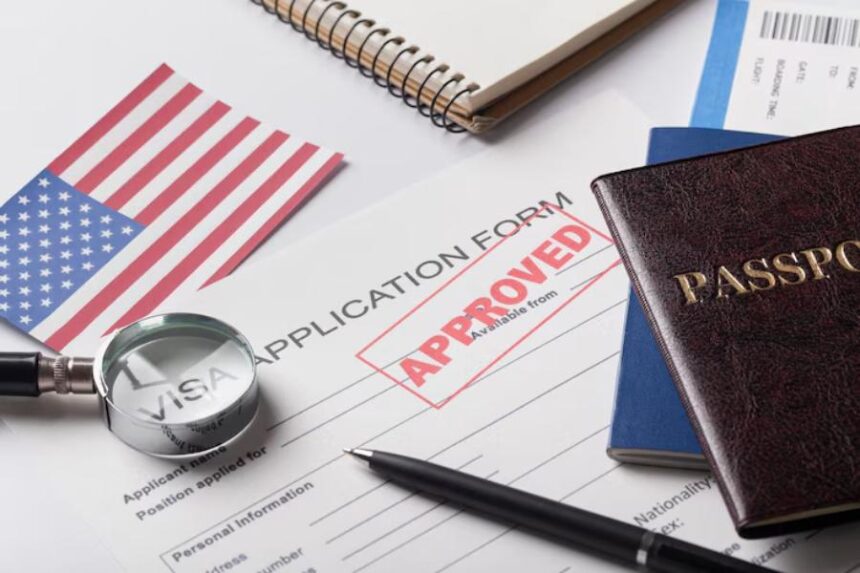Did you know that starting on January 1, 2025, many new disability and Paid Family Leave (PFL) claims will get more money?
If you can’t work because of a medical condition, you might be able to get Social Security Disability Insurance (SSDI) benefits. The first step to getting the financial help you need is to learn how to apply for SSDI in California. The Social Security Administration (SSA) runs the SSDI program at the federal level. The application process can be made complicated by things like how to get to local SSA offices and state disability programs.
This article will guide you on how to apply for SSDI in California and get the best chance of getting approved
Understanding SSDI Eligibility Requirements
The Social Security Administration, otherwise called the SSA, will look at several factors to evaluate your disability and eligibility for Social Security Disability Insurance (SSDI) benefits.
Usually, the disabling condition must be severe enough to prevent basic work activities, must last for at least 12 months, or could lead to imminent death. The other condition is to have enough work history and have contributed to Social Security Taxes for a certain minimum period. Younger people can be given different requirements in terms of their work history.
Your earnings must be below a specific threshold that changes each year; you must meet these criteria when applying for SSDI benefits.
Bear in mind too that even if you are eligible for SSDI benefits, in some circumstances, your claim might still get denied. When you find yourself in this situation, a disability claim denial attorney can be of help.
Gathering Necessary Documentation
Once your eligibility for receiving SSDI has been properly established, it will be time to go on and start preparing your documentation.
- Gather all related personal identifiers, such as Social Security numbers, birth certificates, and work history
- Medical records will also be a deciding factor, consisting of diagnoses, treatment notes, and test results from your treating physicians. Remember the information about your prescriptions and any hospitalizations.
- You will also want to create a report from your daily activities and how the condition changes them.
- You need to send in financial papers like bank statements or tax returns with your application.
Collecting these beforehand makes the process smooth and raises the chances of approval.
Completing the SSDI Application Process
For valid SSDI claim approval, all documentation should be set in order.
You will need to give personal information such as your Social Security number, job history, and medical records. Start by carefully and completely filling out your application form. Not getting the right information on time can cause unwarranted delays.
Upon completing the application submission online or at the local Social Security office, record the confirmation number to track it. Prepare to respond to certain questions or present additional documentation if ever requested.
Have patience while waiting, as it may take months to hear if your benefits have been approved.
Tips for Strengthening Your Application
Preparing a stronger SSDI application has to be emphasized for greater chances of approval, along with having a positive medical record.
Obtain detailed reports from physicians suggesting diagnosis, treatment history, work and social implications of the disease, findings of laboratory investigations, imaging, and evidence pertinent to the case.
Maintain a daily record of your symptoms and their effects on your daily living. This subjective documentation will explain the gravity of the situation.
Give a history of work done in the past and, in general, how the disability has impaired your ability to work at various jobs.
Before you send in the application, it’s a good idea to have a lawyer or someone who understands a lot about SSDI claims look at it one more time.
Common Mistakes to Avoid When Applying
There are tons of errors unintentionally committed by applicants when applying for SSDI benefits that can potentially affect their approval negatively.
- One major mistake is not submitting complete medical records. See to it that you provide all relevant documents.
- Don’t miss your deadlines for applications; submitting them late will compromise your application.
- Avoid exaggerating or downplaying the severity of your condition; never misrepresent your condition.
- Don’t neglect to monitor the application’s progress. You need to stay up-to-date and deal with any problems as soon as they come up.
- Too many inconsistencies in your work history can raise suspicions in your application.




